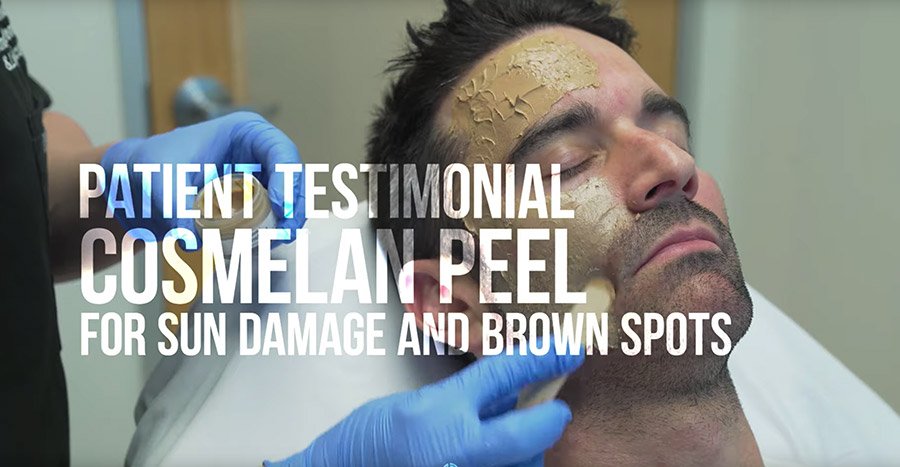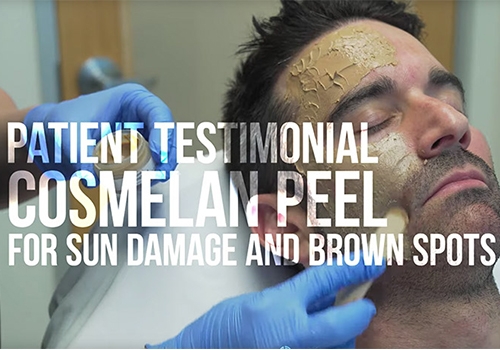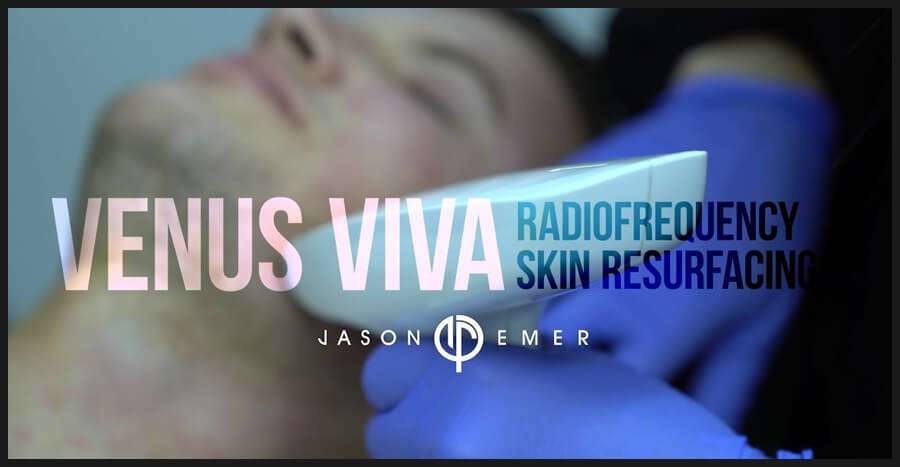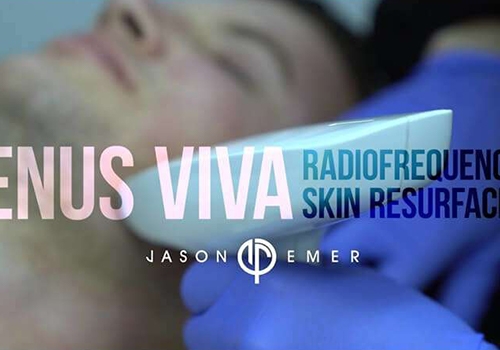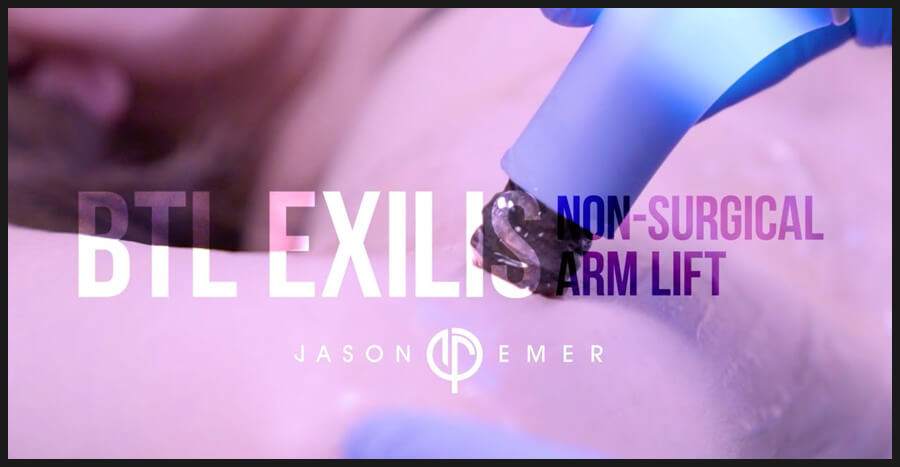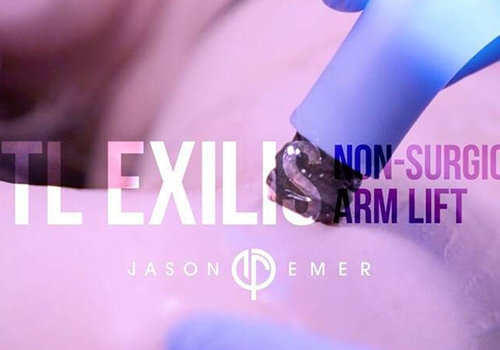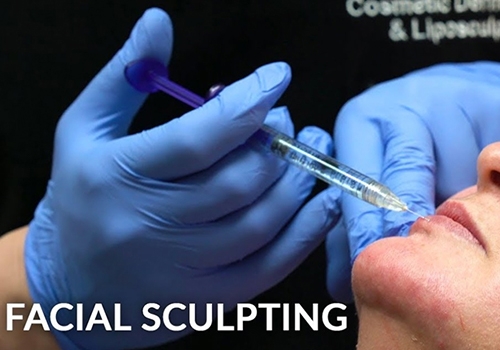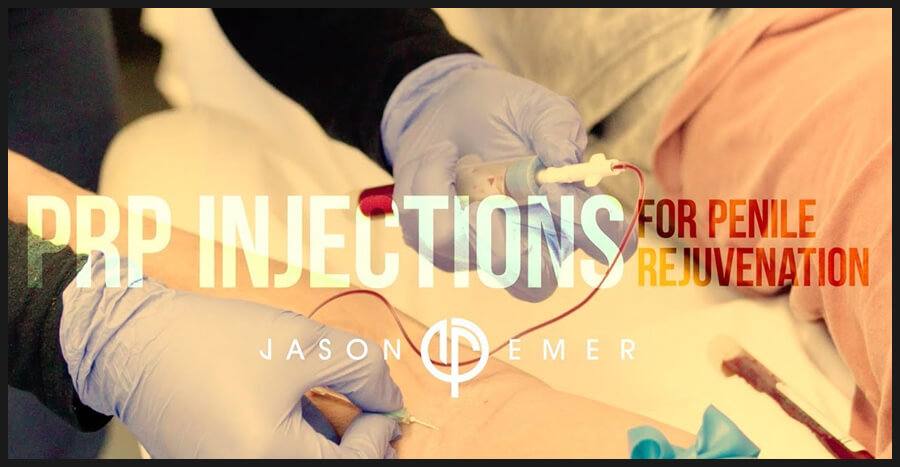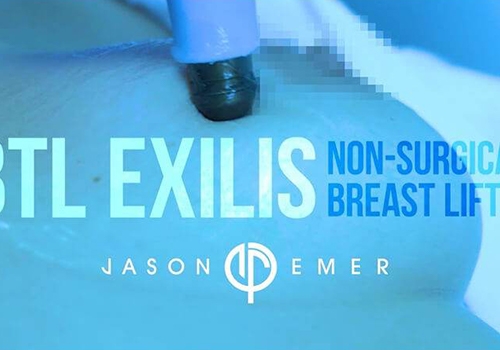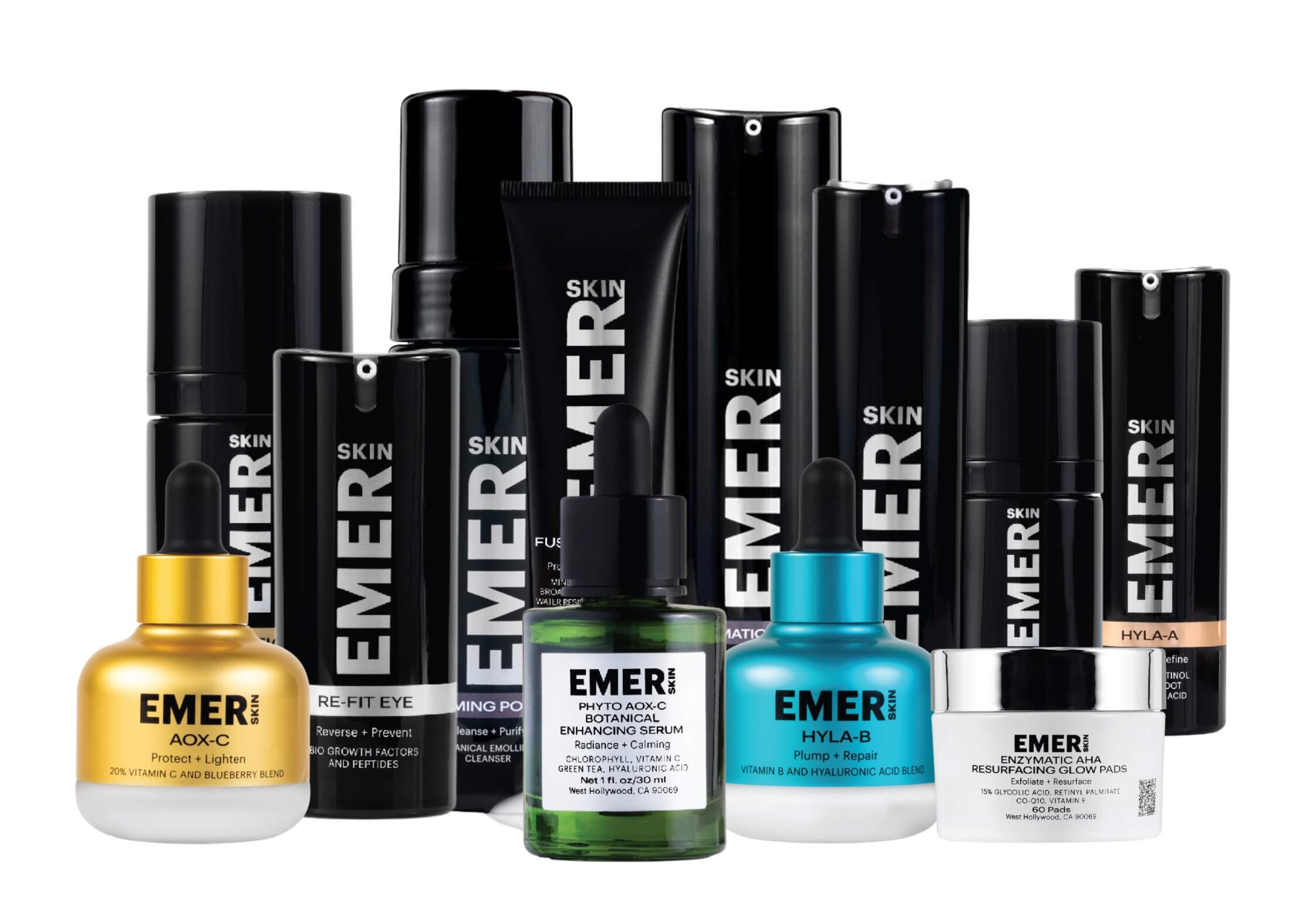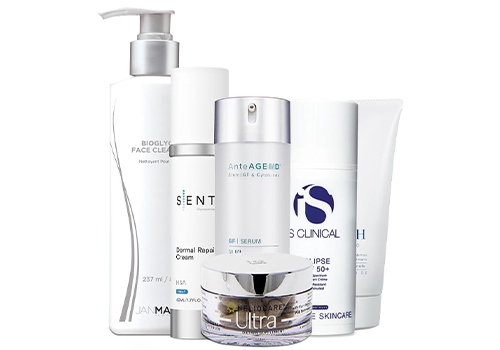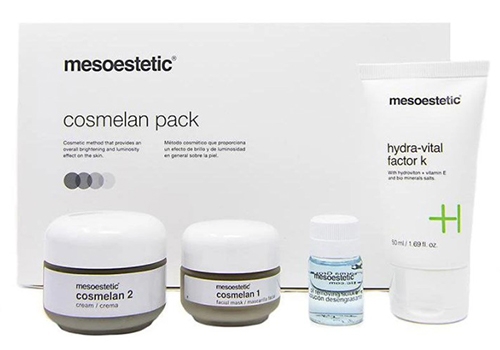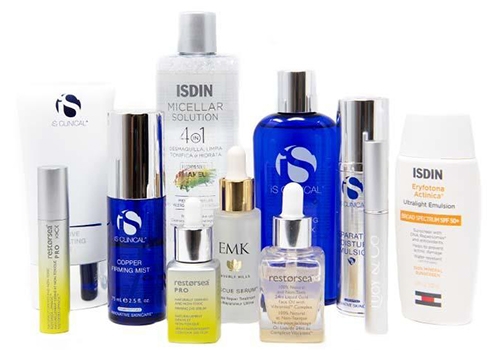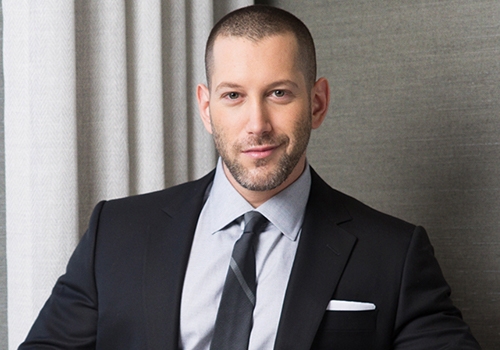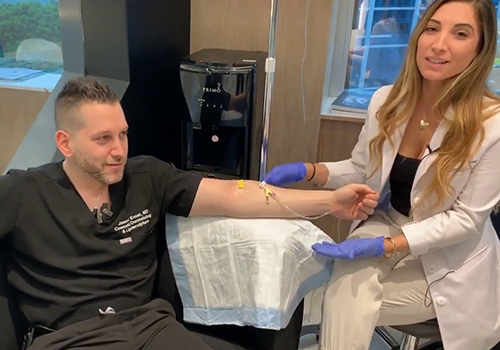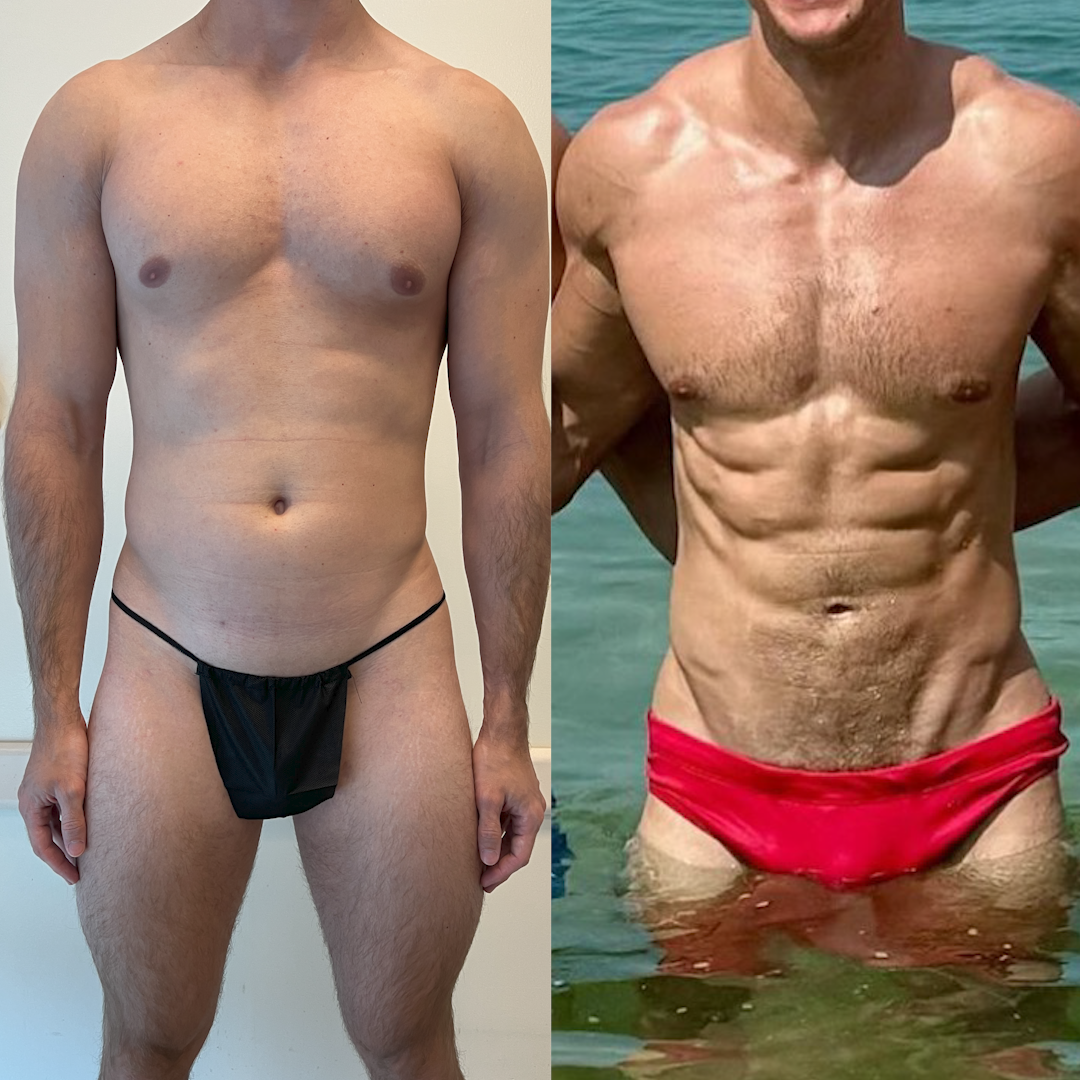Long before he opened his own practice and earned his reputation as the “Cowboy of Facial Rejuvenation,” board-certified dermatologist Dr. Jason Emer launched a dedicated cosmetic HIV clinic at Mount Sinai in New York City, the same hospital where he completed his residency and two-year Dermatopharmacology Fellowship. As a resident, Dr. Emer worked with numerous HIV patients on highly active antiretroviral therapy (HAART), most of whom wanted cosmetic procedures to address the side effects of the HAART medication, including severe facial wasting (or lipoatrophy). To accomplish this, Dr. Emer used autologous fat grafting, dermal fillers, Bellafill, Sculptra, and silicone injections — in addition to other cosmetic and plastic surgical procedures — to address his patients’ volume loss and body disproportions.
A pioneer of non-surgical facial and body sculpting, Dr. Emer employs similar techniques in his Beverly Hills / Los Angeles / West Hollywood practice, treating individuals who are looking to augment, enhance, or accentuate their features as well as those who have volume loss, facial trauma, or scars. For patients with HIV or severe facial lipoatrophy, there are numerous clinical studies proving the safety and efficacy of Silikon 1000, a permanent, subdermal filler comprised of medical-grade silicone oil (FDA-approved for ocular use; off-label for facial contouring). Dr. Emer strategically injects the substance into sunken or hollow areas to rejuvenate and volumize the face and improve wrinkles, folds, and overall skin texture.
How does it work?
Facial lipoatrophy is characterized by dramatic fat loss in the face and occurs most commonly in the cheeks, temples, smile lines (nasolabial regions), and eye sockets. While a moderate amount of fat loss occurs as part of the natural aging process, for those with chronic illnesses (such as HIV, lupus, cancer, or malnutrition), facial lipoatrophy occurs more rapidly; even those who are highly active metabolizers — those who exercise frequently, run marathons, or adhere to weight loss diets — can experience rapid weight loss in the face. The face loses its fullness, the cheeks become concave, and the bone structures and muscles become more prominent, resulting in a “bony,” “hollow” or “wasted” look. Because facial lipoatrophy is so visibly apparent to the outside world, it can greatly impact a person’s confidence and daily functioning.
To restore volume to these depleted areas, Dr. Emer injects microdroplets of Silikon 1000 deep beneath the skin of the midface or cheeks, nose, temples, facial folds (such as nasolabial folds), chin / chin crease, and jawline, stimulating long-term collagen production and ultimately revolumizing the treated areas.
In some cases, Dr. Emer may also use Silikon 1000 in combination with fillers to give immediate volume, such as Bellafill (a semi-permanent filler); Radiesse (a calcium-based filler); Sculptra, an injectable collagen stimulator; and/or hyaluronic acid-based (HA) fillers like Juvederm Voluma or Restylane Defyne.
How does Dr. Emer do it differently?
Using his own patient-tailored combination approaches, Dr. Emer makes considerable improvements to facial volume loss, creates facial symmetry, and artfully sculpts and contours the face with a range of products and techniques, including:
strategically placed fillers, such as
- Juvederm Voluma, a substantial, HA dermal filler perfect for cheeks, folds, and lip augmentations.
- Restylane Defyne, an HA dermal filler with larger particles that lifts and contours areas such as the temples, cheeks, chin, and jawline.
- Radiesse, a thick, soft tissue, calcium-based filler with substantial lift capacity lasts 12 to 15 months and builds new collagen over time. Larger volumes of Radiesse placed in the fat or bone can lift the skin and give significant and immediate changes in facial contours.
- Bellafill, a semi-permanent injectable filler comprised of tiny polymethyl methacrylate (PMMA) microspheres suspended within a smooth collagen gel. Once injected, the gel immediately plumps the depressed skin while the PMMA microspheres bind to the tissue and create a scaffold beneath the skin, thereby promoting natural collagen production. Bellafill is also the only FDA-approved dermal filler for both immediate and long-term improvement in smile lines (nasolabial folds) and acne scars.
- Sculptra, a poly-L-lactic acid and natural collagen stimulator that works deep beneath the skin to boost collagen production long-term and gradually replace lost volume. Dr. Emer combines Sculptra in combination with fillers and fat grafting to enhance facial features, lift tissue, tighten the skin, and reverse or prevent the aging process.
- fat grafting to the face, a minimal downtime procedure that extracts, purifies, and repurposes a patient’s fat to lift, contour, shape, and volumize in other areas. Using water-assisted harvesting methods to produce the cleanest, most viable fat possible and ensure its longevity beneath the skin, Dr. Emer enriches the fat with platelet-rich plasma (PRP) and growth factors derived from the patient’s own blood (as well as ACell stem cells) and then injects the fat into the desired areas via a blunt-tipped cannula.
- Renuva Adipose Matrix synthetic fat grafting, which utilizes purified donor fat from cadavers to provide small-volume aesthetic improvements without the need for liposuction.
- surgical implants, which can dramatically transform the face and provide improved shape, structure, balance, and symmetry. Silicone implants are permanent, durable, customizable, and reversible if desired.
How long does Silikon 1000 last?
While silicone injections are permanent, results are not immediately visible after the initial treatment. For significant improvement, microdroplet injections must be administered over an extended period of time to stimulate the natural collagen-building process. Injections are needed every 4 to 8 weeks until optimal correction is achieved. For regular maintenance, Dr. Emer recommends treatments once or twice per year to maintain the results as the aging process continues.
Is it painful?
Silicone injections can be painful due to the thickness of the substance, the size of the needle, and the limitations regarding numbing medication. Because Silikon 1000 cannot be mixed or diluted with lidocaine, Dr. Emer uses topical numbing cream and ice packs to diminish some of the discomfort. He also replaces the injection needle regularly during treatment, which has been shown to significantly reduce pain intensity and decrease the chance of swelling and bruising. Cannula injection is not recommended for silicone placement as it can lead to linear collagen production and asymmetrical improvement.
What is the downtime with Silikon 1000?
Although patients experience more bleeding with this treatment than with dermal fillers or fat injections (due to the size of the needle), there is actually very little downtime following a silicone injection. Patients typically experience bruising and swelling for 2 to 3 days following treatment. For some individuals, swelling can persist for up to 14 days. After the procedure, patients are welcome to resume their everyday activities without interruption.
Are there any risks involved with silicone injections?
Yes. Silicone injections are a permanent, non-reversible filler and are incredibly difficult to remove without surgery. Also, if injected too rapidly or in too high a quantity, silicone can cause granulomas (lumps or bumps in the skin), irregularities, and scar tissue. As a precaution, Dr. Emer does not inject more than 2 ccs of silicone in a single treatment. As with any filler, silicone injections have potential risks and side effects, including vascular occlusion (blockage of a blood vessel), blindness, and necrosis.
Due to the possible risks and complications involved, it is essential that this treatment is performed by a highly skilled, specially trained professional like Dr. Jason Emer, who has ample experience in non-surgical facial sculpting procedures. Silicone must be administered carefully and meticulously to ensure that the product does not migrate to other areas or clump to form large nodules beneath the skin.
Are silicone injections reversible?
Because silicone is a permanent alternative to temporary fillers, the only way to remove the substance is through surgical intervention. However, Dr. Emer has found some improvement through treatment with diluted kenalog (triamcinolone acetonide) combined with 5-FU (fluorouracil) and radiofrequency treatments like Venus Legacy, InMode Forma/Contoura, and BTL Exilis Ultra.
Am I a good candidate for silicone injections?
Silicone injections are not the preferred method of treatment for the majority of patients. Due to the risks involved and the long-lasting properties of the product, the best candidates are older individuals; patients with HIV and other chronic illnesses who are suffering from facial lipoatrophy; and/or patients who have experienced facial or body trauma. To determine if you are an eligible candidate for this treatment, schedule a formal evaluation with an experienced, board-certified dermatologist and facial sculptor like Dr. Jason Emer, who will evaluate your condition, assess your aesthetic goals, and carefully analyze your medical history.
Silicone injections are not ideal for younger individuals with minor volume loss; for those patients, Dr. Emer recommends a combination of HA dermal fillers, semi-permanent fillers like Bellafill, Sculptra, fat grafting, and/or synthetic donor fat injections with PRP to restore volume safely and effectively.
How do I schedule a consultation with Dr. Emer?
To schedule a consultation with Dr. Emer in Beverly Hills / Los Angeles / West Hollywood, California, please reach out to our concierge to schedule an appointment. Call 424-800-4140 or email us at appointments@jasonemermd.com.
Schedule Your Appointment Now
Share on FacebookShare on TwitterShare on LinkedinShare on Pinterest

